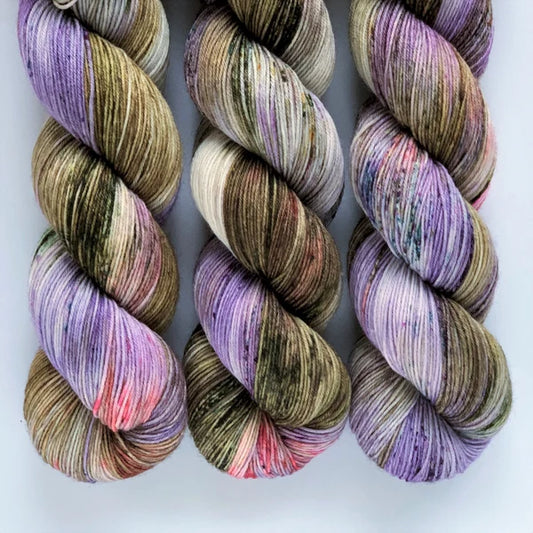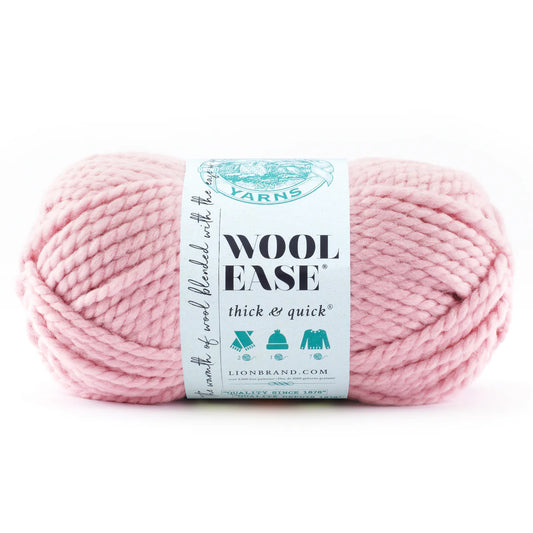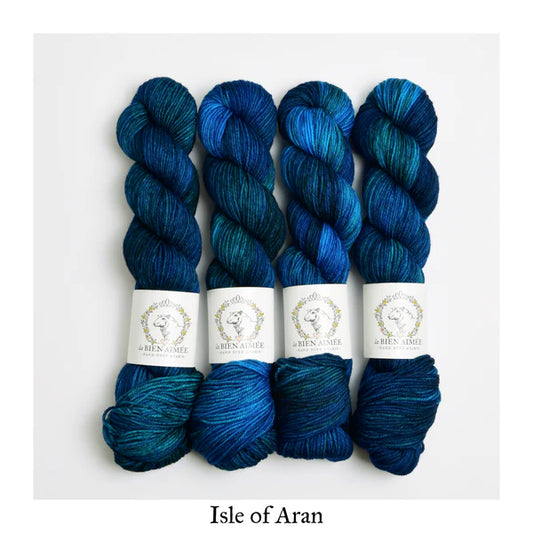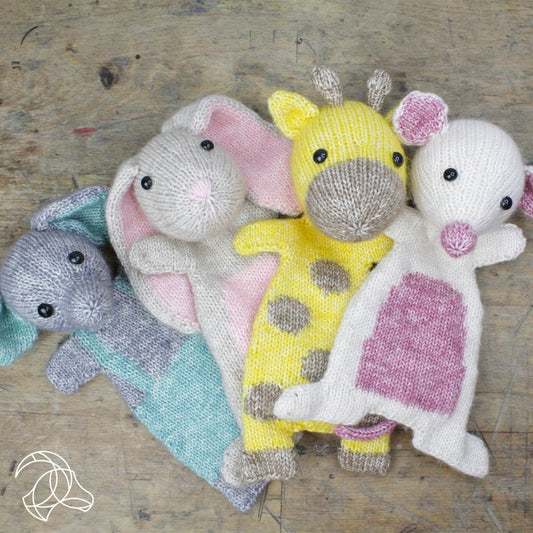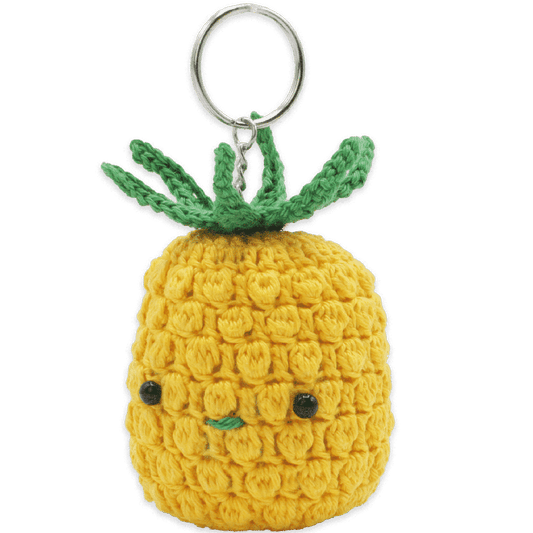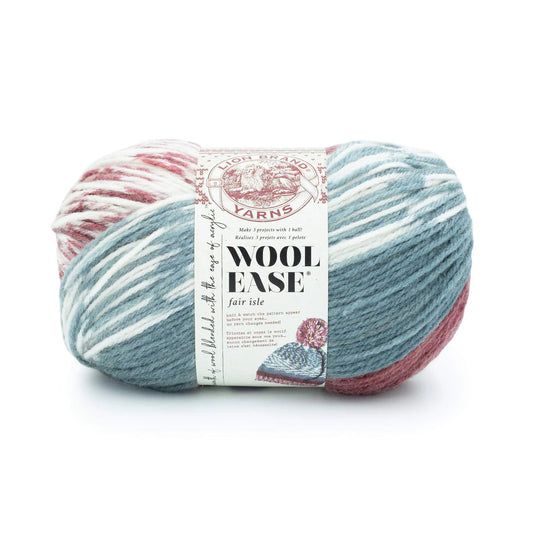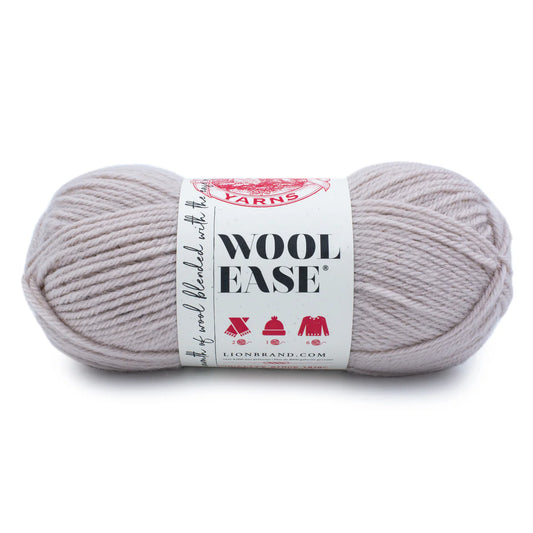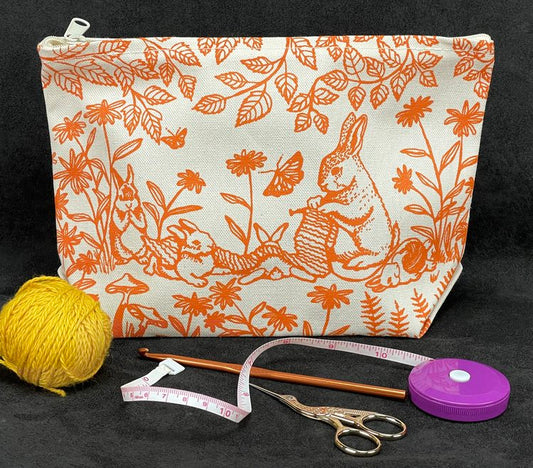Let’s be honest—most of us didn’t fall in love with crochet or knitting because we dreamed of weaving in ends. We were drawn to the texture of yarn, the rhythm of the stitches, the magic of watching something come together from nothing but string and skill. But those little yarn tails? They’re part of the process too, and they deserve a little love.
Why Weaving in Ends Matters
Think of weaving in your yarn ends as the final brushstroke on a painting. It might seem small, but it plays a crucial role in making your project look polished and last for years. A well-woven end won’t pop out unexpectedly or unravel after a few washes—it just quietly does its job, holding everything together.
When to Weave in the Ends
Some stitchers prefer to weave in as they go, especially during colorwork or striping. Others like to save it all for the end, turning on a podcast and making an evening of it. There’s no “right” way, only what works best for you and your project.
If you’re gifting, selling, or submitting a piece to a show or publication, neatly woven ends make all the difference. It shows care, skill, and respect for the craft.
How to Weave in Ends in Crochet
In crochet, it’s often best to work the yarn tail through the back loops of several stitches, changing direction once or twice. This creates friction and helps the tail stay put. For dense stitches like single crochet, you can usually weave into the stitches themselves. In lacier patterns, consider following the path of the stitches so the tail blends in without peeking through the holes.
How to Weave in Ends in Knitting
In knitting, you typically duplicate the path of the existing stitches on the wrong side. This is especially effective in stockinette, where you can follow the little “V” shapes. For garter stitch, work horizontally through the ridges. Again, reversing direction halfway through can help lock the yarn in place.
If you're working with superwash wool or slick fibers like bamboo or silk, be extra thorough—those ends are more prone to sliding loose over time.
Tips for a Neat Finish
-
Use a sharp tapestry needle for precision. Check out my favourite Clover Chibi Tapestry / Darning Needles here
-
Try a felted join mid-project with non-superwash wool to reduce the number of tails altogether.
-
Match your weaving style to your stitch pattern for invisibility.
-
Leave a generous tail—at least 4–6 inches gives you room to work.
Embracing the Meditative Side
Weaving in ends isn’t just a chore. It can be a quiet moment to reflect on your project, appreciate the time you’ve spent, and send it off with a little care. There’s something deeply satisfying about knowing everything is tied off, tucked in, and ready to be worn or shared.
Final Thought:
Next time you’re tempted to grumble about the ends waiting for you, think of them as a love note to your future self—or to the person who’ll receive your handmade gift. They’re the finishing touch, the quiet detail that says, I cared enough to do this well. Also, I made a video below to walk y'all through the steps. Have fun!


